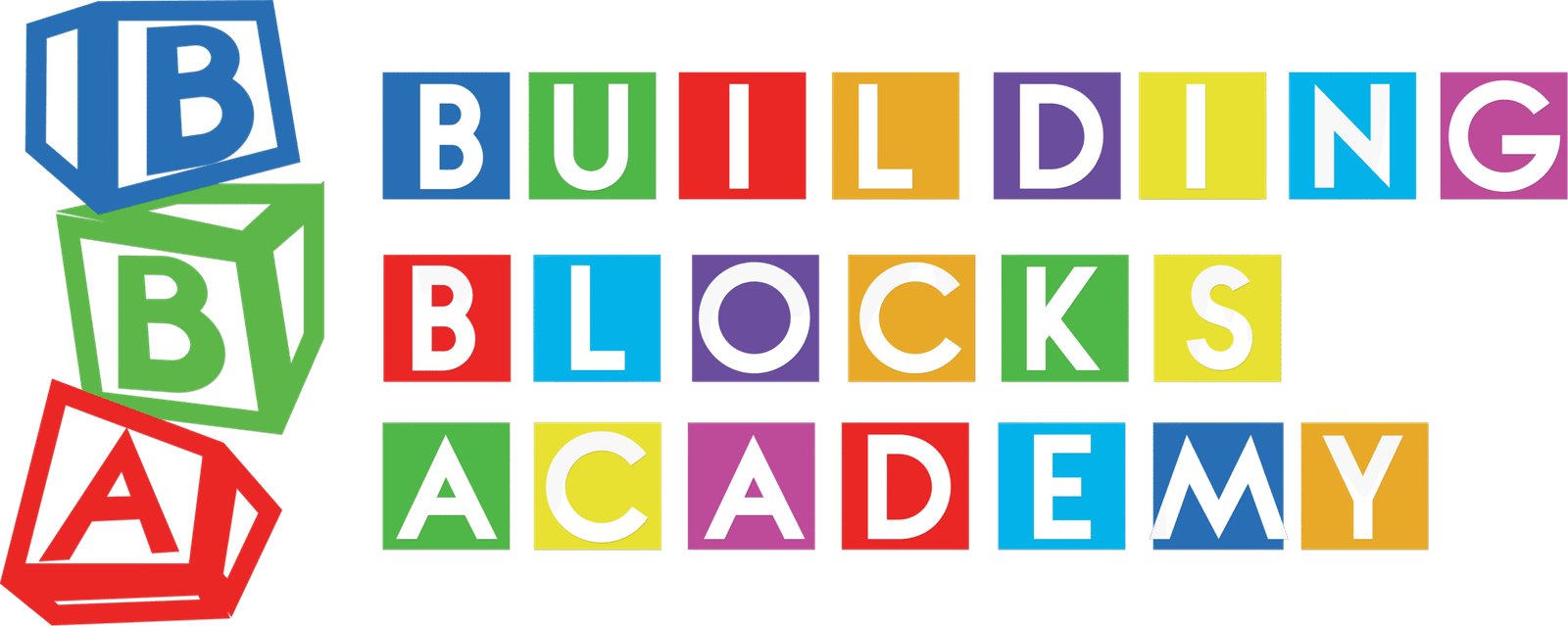Since September is about to end and we are entering the festive month of Halloween. We all seem excited about the celebrations, especially kids who love to disguise and participating in activities like costume contest, trick or treat and other related on the night of October 31 to November 1. Aside from the revels, the awareness about the event and its history should be narrated to children so that they know the origin of this culture and have a perspective and positive side of this festivity. When children are aware of the history of their culture, they develop a positive sense of identity that we discussed in our last article.
Just as October is loaded with National and Global observances, likewise, it is best known for the festivities of Halloween. The history to be told to kids, let’s shed light upon the origin of Halloween and how it became a part of US culture.
Why do we Celebrate Halloween Holiday ?
The Halloween holiday is celebrated every year on October 31. Its roots are connected back to the ancient Celtic Carnival of Samhain (A holiday, falling on the night of October 31 to November 1, celebrated by the ancient Celts and by modern neo-pagans as the beginning of winter and the new year). The people back then used to light up bonfires and disguising themselves with different costumes to fend off the Ghosts that may be returned from the dead this day.
The day became a celebration after the All-Saints Day when Pope Gregory III marked November 1, to honor all saints in the eighth century. The western Christians included some of the rituals of Samhain to the all-saints day. The evening before November 1 was known as All Hallows Eve and hence later became Halloween.
As time passed, the Halloween celebrations evolved and people associated Costume parties, cheerful gatherings, Trick or Treat, sculpting Jack-o-Lanterns, and eating treats to the day of Halloween.
History of Halloween
As we discussed above, the origin of Halloween roots back to the early Celtic Samhain Festival, the kids don’t know that who were the Celts and why they used to celebrate all saint’s day or Samhain. The Celts was a group of tribes that mainly included people from central Europe sharing the same religious beliefs, like language, customs, behaviors, and culture. The Celts (over 2000 years ago) migrated to western Europe mainly in the regions of Ireland, Great Britain, France, and the Sapin. They used to celebrate the new year on 1st November.
This day was manifested as the ending of summer and yield as well as the starting of winter, dark and cold, the time which is often symbolized as the Death of humans. The Celts used to believe that the limits between this world and the world of the dead get vague on the night before the new year. Hence, they celebrated Samhain (spoken as Sow-in) on this day i.e., October 31.
They believed that the ghosts of the dead return to earth this day and may cause trouble and damage their crops. Besides, they believed that this day the presence of strange spirits is a great source of help to sorcerers and Celtic priests to make prophecies about the future especially, in the time of winter which is dark and frightening. The prophecies were a source of relief and comfort for the people reliant on the precarious world.
To celebrate the event, the sorcerer lightened up sacred Bonfires and made sacrifices of the animals and crops by burning them for their Celtic Gods, to save their harvest and lives from the Ghosts. Throughout the celebration, they disguised themselves and wore different costumes made of animal skins and heads.
Hence to delude the ghosts, the Celts wore masks after dark that day so that the ghosts may not recognize them instead mistake them for fellow spirits. Hence, this way culture of costume parties were derived.
How Halloween became American Tradition?
Earlier, the celebration of Halloween was prohibited in America but later in the 1800 century, American Colonists developed the festivals that percept the harvest and included some of the activities of Halloween. By the start of the 19th century, Irish habitants migrated to the US in bulk and swayed their Halloween tradition in America. Hence Americans started to celebrate Halloween as a secular and community-centered holiday in the mid19th century among children
By 20th Century, the Halloween culture evolved, and thus Americans started celebrating Halloween as a principal Holiday. From the 20th century until now, this culture is growing, Americans spent almost $6 billion every year on Halloween festivities.
Halloween Activities
Being the second-largest commercial holiday after Christmas, the event has many activities including
- Masks and costumes for parties
- Jack-o’-lantern
- Trick-or-treating
- Scary storytelling
- Pulling harmless pranks
- Divination games
- Bobbing apples
As we all are excited for this upcoming month, vote for the activity in which you want to engage your kids most this year. We will consider arranging the activity at our facility. Our Halloween Costume Contest is around the Corner – Stay tuned

